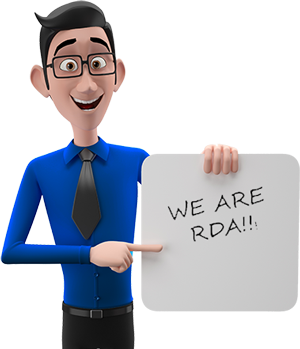A well-managed reserve fund is vital for the long-term stability and financial health of any HOA. Reserve funds cover major repairs and replacements for shared community assets, helping to protect property values and prevent surprise expenses. Here are expert tips for managing your HOA’s reserve fund effectively.
1. Understand the Purpose of a Reserve Fund
A reserve fund is specifically set aside to cover the costs of major repairs and replacements in an HOA community. These funds are essential for maintaining shared assets like roofs, pools, landscaping, and roadways. Unlike regular maintenance costs, these repairs are often irregular but significant, which is why they must be planned well in advance.
2. Establish a Reserve Study Schedule
A reserve study is an essential tool that helps an HOA assess the health of its reserve fund. By evaluating each community asset’s condition, expected lifespan, and replacement costs, a reserve study creates a clear picture of how much money should be contributed to the reserve fund annually.
Best Practices for Reserve Studies:
- Conduct a professional reserve study every 3-5 years. The Community Associations Institute offers guidelines on reserve study best practices.
- Update the study annually to account for inflation and completed projects.
- Use reserve study recommendations to guide annual budget planning.
3. Plan Contributions to Meet Reserve Study Recommendations
After the reserve study, it’s crucial to follow its recommendations on funding levels. Regular contributions ensure the reserve fund remains adequately funded, helping to avoid sudden dues increases or special assessments.
For further insights, check out Reserve Advisors for their resources on financial planning for HOAs.
4. Invest Reserve Funds Carefully
Some HOAs choose to invest reserve funds to achieve gradual growth over time. However, it’s important to follow strict investment principles to ensure funds remain accessible for emergencies. The primary goals are safety, liquidity, and reasonable returns.
5. Communicate Reserve Fund Health Regularly
Clear communication with homeowners about the status of the reserve fund is essential for building trust and transparency. Providing regular updates about the reserve fund and any necessary contributions helps homeowners understand how their fees are used and promotes support for reserve planning.
6. Prioritize Repairs Based on Urgency
Effective reserve fund management requires prioritizing repairs and replacements based on urgency and condition. The reserve study can help boards identify which assets need attention first, allowing for efficient use of funds without depleting reserves unnecessarily.
Repair Prioritization Tips:
- Address high-need repairs to avoid further damage.
- Schedule lower-priority repairs when funds are stable.
- Allocate funds carefully to avoid overextending the reserve.
Conclusion: Building a Sustainable Reserve Fund
Maintaining a well-funded reserve is one of the most important responsibilities of an HOA board. By following these tips and keeping the community informed, HOA boards can avoid financial surprises and create a stable environment that supports long-term property values and homeowner trust.
Ready to Strengthen Your HOA’s Reserve Fund?
For more guidance on managing reserve funds and long-term planning, visit Reserve Data Analysis to access expert resources and strategies tailored for your community.
Related Articles:
- How to Plan HOA Reserve Funding for Long-Term Success
“Plan your HOA reserve funding for long-term success.” - HOA Reserve Fund: Assessing Full Funding vs. Underfunding
“Assess whether your HOA reserve fund is fully funded or underfunded.” - Borrowing from Reserve Funds: Key Implications for Your HOA
“Understand the implications of borrowing from your HOA reserve funds.”








